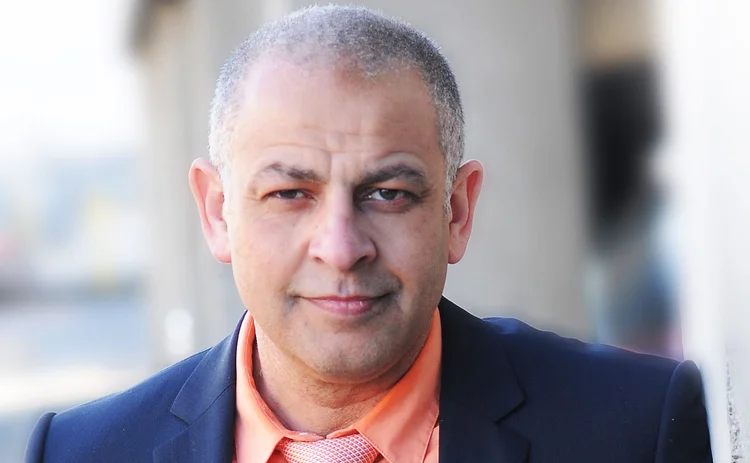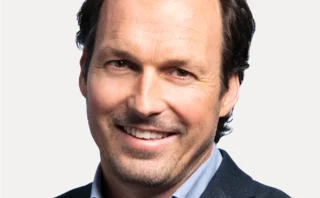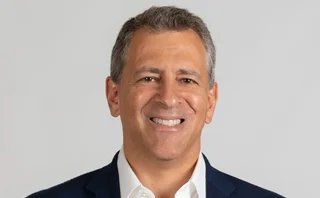
Data house of the year: ZE PowerGroup
Energy Risk Awards 2020: enhanced curve management furthers data firm’s offering

In today’s volatile and low-price energy environment, it’s essential for cash-strapped producers and industrials to glean as much market intelligence and competitive advantage as they can from the deluge of data available to them.
Data management firm ZE PowerGroup, the 2020 winner of the Energy Risk data house of the year award, has continued to thrive even as Covid-19 delivered an unprecedented demand shock to the energy industry. Despite all its employees having to work remotely to comply with lockdown requirements in its headquartered city of Richmond in British Columbia, Canada, as well as its other offices in the UK and Singapore, ZE has continued to onboard new clients over the past year and into May 2020. Eight have been signed up globally in the past 12 months – two in Singapore and three each in Europe and North America.
“You have to be able to demonstrate why you are a good investment despite reduced earnings; we are still being considered critical infrastructure,” says ZE’s chief operating officer, Aiman El-Ramly.
ZE automates the entire data pipeline for its clients – from collecting data from thousands of sources to providing curve management, publishing and reporting solutions. One area in which increasing data volumes is particularly relevant is in curve management. According to El-Ramly, there is a growing demand for curves delivered “as a service” (CaaS), which has prompted the firm to re-examine its curve management offering.
“Generally, producing curves is the most voluminous thing that clients need to do,” he says. “But the more the client can interact with curves as they are being built, the more power you give to them. Rather than hard-coding curves, we enable our clients to define or structure the curves, change them on the fly, change the relationships between curves, and so on.”
We enable our clients to define or structure the curves, change them on the fly, change the relationships between curves, and so on
Aiman El-Ramly, ZE PowerGroup
ZE provides access to more than 1,000 data providers and 10,000 individual data interfaces in markets including oil, natural gas, emissions, freight and derivatives. It adds an average of two to three new sources per week, says El-Ramly. By collecting the data from these sources and doing the analytical work to produce the required curve before delivery, ZE helps organisations free up valuable analytics resources. El-Ramly adds: “This means all the computational work happens before the curve is delivered, so in that regard the supplier needs to understand the business process of the client and then deliver that data on a schedule and into a system without the client having to interface.”
Enhanced curve management has been a major development for ZE PowerGroup over the past year, tying in with a larger drive to reimagine how organisations access data. In the future, this will evolve to enable clients to interact with curves as they are being built to provide unique data visualisations. “We want to make it easier to set up and monitor many curves, and to understand the value of particular curves relative to the organisation’s trading and risk activity,” El-Ramly says.
And, while its offering runs the gamut from on-premise solutions managed in-house to fully hosted services, El-Ramly says organisations are increasingly moving towards the latter. “With the volume of data that exists today, the amount of transactions happening on that data and the need for specialised systems, it is no longer cost-effective or technically effective for companies to have their own enterprise implementations supporting dynamic, complex workflows,” he says.
Giving users more power to tailor their own data and analytics is key to remaining relevant to the market, but commodity traders also need cost-effective products, particularly in current market conditions. In an environment where commodity markets are likely to face further volatility, and oil prices in particular remain under considerable pressure, infrastructure providers will need to work hard to continue to prove their worth to clients.
ZE aims to deliver value by anticipating clients’ needs rather than spending time and resources developing customised solutions for every problem its clients encounter. “We don’t want to have to do customisation or do a whole new build, we want to be able to say: ‘we have that’ without the need for a lot of new development or to charge a lot for professional services,” El-Ramly says. “We really want to be the best-value provider, and I think we are. We will work hard to not lose that positioning.”
Only users who have a paid subscription or are part of a corporate subscription are able to print or copy content.
To access these options, along with all other subscription benefits, please contact info@risk.net or view our subscription options here: http://subscriptions.risk.net/subscribe
You are currently unable to print this content. Please contact info@risk.net to find out more.
You are currently unable to copy this content. Please contact info@risk.net to find out more.
Copyright Infopro Digital Limited. All rights reserved.
As outlined in our terms and conditions, https://www.infopro-digital.com/terms-and-conditions/subscriptions/ (point 2.4), printing is limited to a single copy.
If you would like to purchase additional rights please email info@risk.net
Copyright Infopro Digital Limited. All rights reserved.
You may share this content using our article tools. As outlined in our terms and conditions, https://www.infopro-digital.com/terms-and-conditions/subscriptions/ (clause 2.4), an Authorised User may only make one copy of the materials for their own personal use. You must also comply with the restrictions in clause 2.5.
If you would like to purchase additional rights please email info@risk.net
More on Commodities
Energy Risk Asia Awards 2025: The winners
Winning firms showcase the value of prudent risk management amid challenging market conditions
Data and analytics firm of the year: LSEG Data & Analytics
Energy Risk Awards 2025: Firm’s vast datasets and unique analytics deliver actionable insights into energy transition trends
OTC trading platform of the year: AEGIS Markets
Energy Risk Awards 2025: Hedging platform enhances offering to support traders and dealers in unpredictable times
Electricity house of the year: Natixis CIB
Energy Risk Awards 2025: Bank launches raft of innovative deals across entire electricity supply chain
Voluntary carbon markets house of the year: SCB Environmental Markets
Energy Risk Awards 2025: Environmental specialist amplifies its commitment to the VCM
Sustainable fuels house of the year: Anew Climate
Energy Risk awards 2025: Environmental firm guides clients through regulatory flux
Weather house of the year: Parameter Climate
Energy Risk Awards 2025: Advisory firm takes unique approach to scale weather derivatives markets
Hedging advisory firm of the year: AEGIS Hedging
Energy Risk Awards 2025: Advisory firm’s advanced tech offers clients enhanced clarity in volatile times








